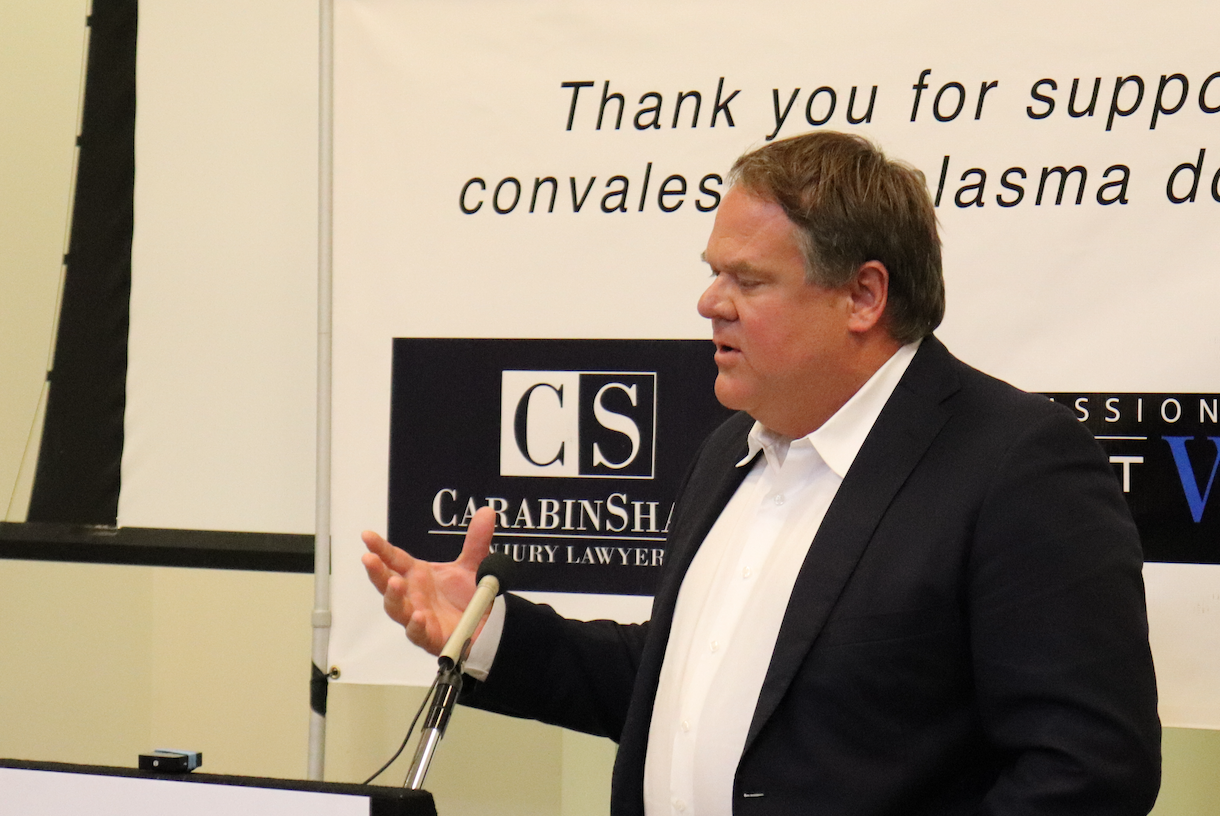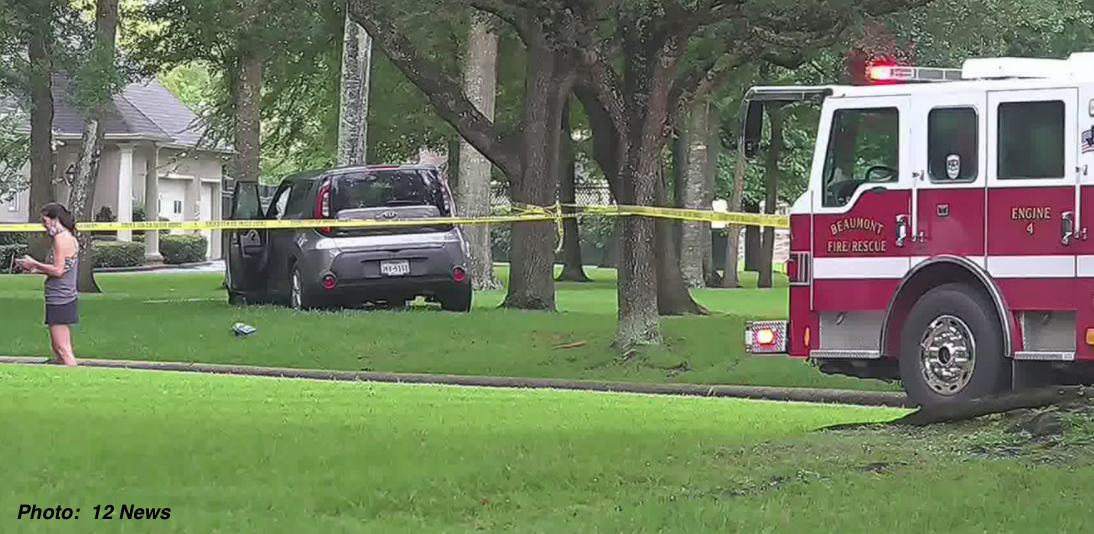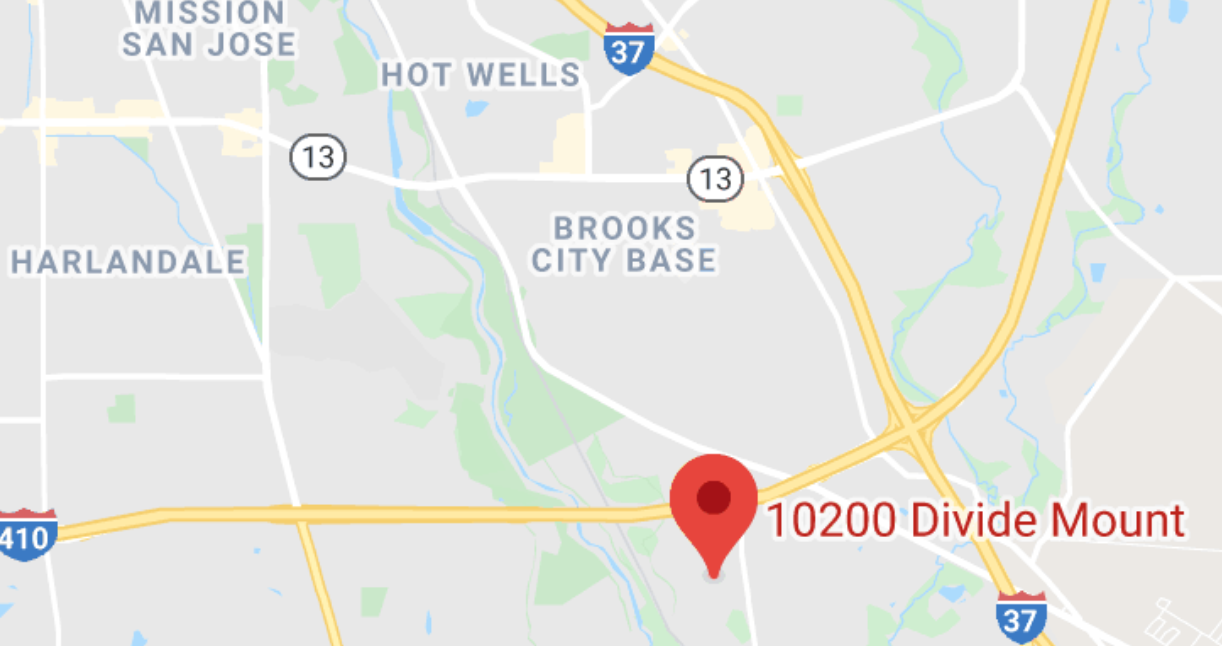 Following the initial COVID-19 outbreak in the United States earlier this year, thousands of Americans flooded stores in search of hand sanitizer and other cleaning supplies. Many stores were completely wiped out from the start of the pandemic of such supplies and have taken several months to restock these products because of demand. In preparation for the uncertainty associated with the pandemic, many Texans purchased large quantities of these products. However, recent FDA recalls indicate that some of these sanitizing products may be causing members of our community to become ill. These recalls may be the basis for a Texas product liability claim.
Following the initial COVID-19 outbreak in the United States earlier this year, thousands of Americans flooded stores in search of hand sanitizer and other cleaning supplies. Many stores were completely wiped out from the start of the pandemic of such supplies and have taken several months to restock these products because of demand. In preparation for the uncertainty associated with the pandemic, many Texans purchased large quantities of these products. However, recent FDA recalls indicate that some of these sanitizing products may be causing members of our community to become ill. These recalls may be the basis for a Texas product liability claim.
According to a recent article, federal regulators from the Food and Drug Administration (FDA) have been urging consumers to avoid more than 130 hand sanitizers that were previously available through stores such as Walmart and other national major retailers. The agency has cited that many of these products lack the sufficient level of alcohol necessary to effectively kill germs or that the products contain dangerous and potentially deadly levels of wood alcohol.
With hand sanitizer demand skyrocketing during COVID-19, a new rush of brands manufacturing hand sanitizer has entered the market. However, while many of these products claim to contain ethanol (otherwise known as ethyl alcohol), FDA tests have shown that they actually contain methanol, or wood alcohol. Methanol can potentially be toxic when absorbed through the skin and could even cause blindness or death if consumed. Because many products have been mislabeled, consumers would be unable to tell which items actually contain methanol. The FDA has kept an updated list of recalled products on its website for easy reference.
 Texas Injury Lawyers Blog
Texas Injury Lawyers Blog








 When a plaintiff brings a Texas personal injury case following a
When a plaintiff brings a Texas personal injury case following a  SAN ANTONIO
SAN ANTONIO Convalescent plasma contains antibodies to the virus that causes COVID-19 and may provide passive immunity to certain patients with severe forms of the illness. The plasma is used to treat patients with active infections, and it is one of the few treatments available for COVID-19. STBTC is the only organization in this area collecting convalescent plasma that can be transfused directly to patients with COVID-19.
Convalescent plasma contains antibodies to the virus that causes COVID-19 and may provide passive immunity to certain patients with severe forms of the illness. The plasma is used to treat patients with active infections, and it is one of the few treatments available for COVID-19. STBTC is the only organization in this area collecting convalescent plasma that can be transfused directly to patients with COVID-19. For some people, a daily commute is an escape before the demands of the day. For others, it can be stressful. For those who rely on public transportation to get around on a daily basis, there is a reasonable expectation of safety while they are on board a bus or train. Indeed, no one expects to be injured while on public transit. However, when these injuries occur, those responsible may be held accountable for their actions through a Texas personal injury lawsuit.
For some people, a daily commute is an escape before the demands of the day. For others, it can be stressful. For those who rely on public transportation to get around on a daily basis, there is a reasonable expectation of safety while they are on board a bus or train. Indeed, no one expects to be injured while on public transit. However, when these injuries occur, those responsible may be held accountable for their actions through a Texas personal injury lawsuit. July 29, 2020: BEAUMONT, Texas — A 21-year-old Beaumont woman has been charged after police say the car she was driving struck
July 29, 2020: BEAUMONT, Texas — A 21-year-old Beaumont woman has been charged after police say the car she was driving struck  KNOW THE SIGNS OF DROWNING
KNOW THE SIGNS OF DROWNING Monday, June 15, 2020: SAN ANTONIO, Texas – The American Academy of Pediatrics has warned that drownings could be on the rise this summer. Unfortunately, a 4-year-old girl,
Monday, June 15, 2020: SAN ANTONIO, Texas – The American Academy of Pediatrics has warned that drownings could be on the rise this summer. Unfortunately, a 4-year-old girl, 
 Under Texas premises liability law, restaurants and bars have a duty to protect their customers. However, the extent of this duty is often called into question in cases where someone is injured while visiting an eating or drinking establishment. In a recent
Under Texas premises liability law, restaurants and bars have a duty to protect their customers. However, the extent of this duty is often called into question in cases where someone is injured while visiting an eating or drinking establishment. In a recent  As the coronavirus (COVID-19) situation develops, all of our lives will undoubtedly be affected. Our families, communities, and businesses are navigating a truly unprecedented global event.
As the coronavirus (COVID-19) situation develops, all of our lives will undoubtedly be affected. Our families, communities, and businesses are navigating a truly unprecedented global event.